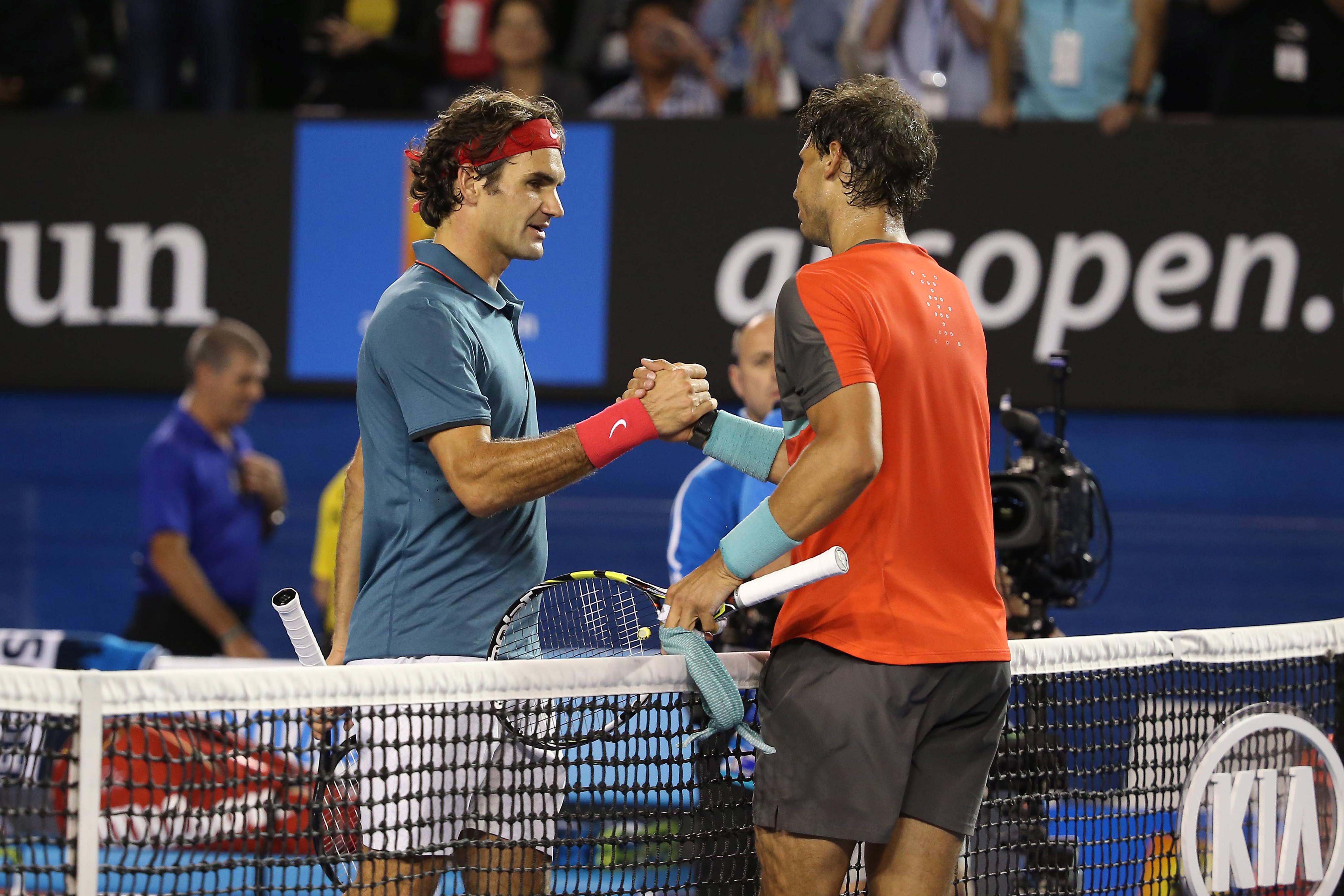
NEW YORK — As we move through history, it is often difficult to tell precisely when a specific era has ended in real time.
It is only when we have the perspective to look back over a period of years and take stock of what exactly happened and when it occurred that we can truly define the beginning or end of an era.
With that said, it appears as though the Roger Federer-Rafael Nadal Era in men’s tennis is now behind us.
When 22-year-old Frenchman Lucas Pouille hit a forehand winner down the line and then fell on his back on the Arthur Ashe Stadium court on Sunday afternoon, it punctuated a thrilling and brilliant five-set upset of No. 5 Nadal at the Open.
It also signified some major markers for the 30-year-old Nadal, and by extension, for his partnership and rivalry with Federer.
This will be the first year since 2004 that the Spaniard failed to reach a Grand Slam quarterfinal in a calendar year.
More broadly, 2016 is the first year since 2002 that neither Federer nor Nadal reached a Grand Slam final. The two — along with Novak Djokovic and Andy Murray — comprise the so-called “Big Four” of men’s tennis, a group that presided over a “Golden Age” of men’s tennis and has accounted for 42 of the last 46 major championships.
Here it needs to be pointed out that both Federer and Nadal battled injuries this year, with Federer hampered while recovering from knee surgery and subsequently pulling out of the Olympics and the US Open, and Nadal missing two-and-a-half months before the Olympics with a wrist injury.
Think about their sustained success for a second. That means for 14 straight years at least one of the two men reached at least the finals of a Grand Slam, with each or both often winning several in a single year.
They last played against one another in a major final in the 2011 French Open, more than five years ago.
Although Federer reached the Wimbledon and US Open finals in 2015 — and the Wimbledon semifinals this summer — the Swiss hasn’t lifted a Grand Slam trophy since Wimbledon in 2012.
Nadal last won a major at Roland Garros in 2014, when he won the ninth of his French Open titles. He hasn’t been in a major final since then.
By contrast, Djokovic, 29, has appeared in 18 of the last 24 Grand Slam finals (winning four of the last five) and the resurgent Murray, also 29, has appeared in three straight.
As Carl Bialik of fivethirtyeight.com pointed out on Twitter, there have been just three major quarterfinals with no Federer and no Nadal since 2004 Wimbledon: 2013 Wimbledon, 2016 French Open and 2016 US Open.
As Tom Perrotta then added, “Australian Open, you are due for some bad luck…”
When the Australian Open rolls around in January, Federer will be entering his age-36 year and will be playing his first major after skipping the Olympics and the US Open due to ongoing knee trouble.
He said he withdrew from the Open to “ensure I could play the remainder of the season and help to extend the rest of my career. I remain as motivated and excited as ever.”
As we’ve learned over the past decade and a half, you can never count out Federer. Had he held serve at 5-6 in the fourth set against Milos Raonic in the Wimbledon semis, he may well have gone on to win that match in four sets. And then who knows beyond that, maybe he takes out Murray in the final to win his 18th career major?
Federer is 14-11 all-time vs. the Scot, and has won their last five encounters.
That said, time is certainly not on his side, and given the recent dominance of Djokovic (and the emergence of Murray), along with the continued surge of younger players like Raonic, Kei Nishikori, Grigor Dimitrov and others, there’s no guarantee Federer will ever play in another major final again.
As for Nadal, whose 14 Grand Slams are tied with Pete Sampras for second all-time behind Federer’s 17, he did not appreciate any suggestions from the media that the pressure had gotten to him in a big moment against Pouille.
“After winning 14 and being in semifinals a lot of times, you feel that’s pressure?” he asked with a frown. “In 30 years old, after having the career that I have, is not a question of pressure.”
He then said he intended to play for a few more years, just like Federer.
“If I am hundred percent healthy, I have the energy to keep going,” Nadal said. “I believe that I can have a couple of more good years.”
He also said: “I want to do it too, again. I believe that Roger will want to do it again.”
Time will tell, maybe Federer and Nadal can still summon more major magic in 2017 and beyond.
Wouldn’t that be great for tennis?
Follow Adam Zagoria on Twitter


